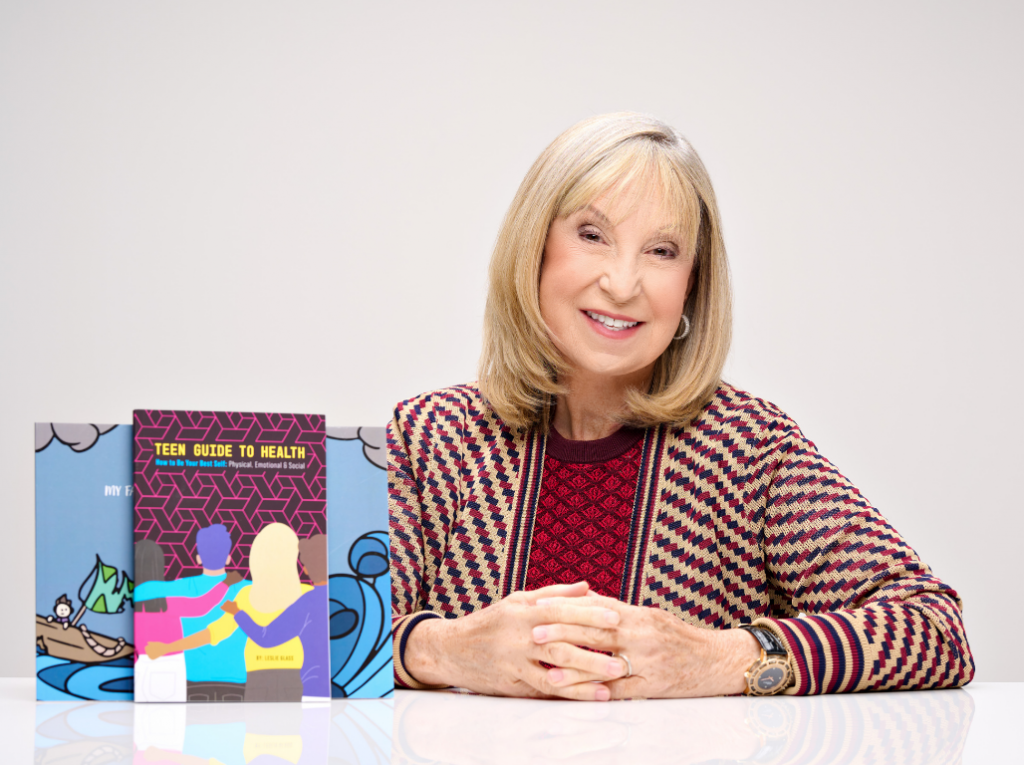
The Curriculum and Lesson Plan for your school, groups or teen programs!!
TGTH for Facilitators
About the book: The Teen Guide To Health is the one simple roadmap every teen needs to get and stay healthy. 144 fun and easy to read pages to explore in class or read at home. A prevention tool that answers questions and give the facts to empower teens to make healthy lifestyle choices.
- Explains body and brain development
- Explores the three pillars of health: physical, emotional, social
- Shows how all the components of health work together
- Tells how substances and alcohol impact brain, body and emotional development
- Empowers teens to make healthy choices

The Curriculum
We created a curriculum to make learning fun and easy! The book has curriculums for every chapter, and they can be used all together or in pieces depending on the needs of your students and programming.
The curriculum is being used in Rotary Youth Leadership Academy, after-school programs, soon to be launching in a charter high school and ongoing education high school. Also licensed by VR Career Camps where kids prepare for the transition from high school to postsecondary education, training or employment.
The Lesson Plan
The lesson plan is an in-depth learning tool for teachers and facilitators teaching health in school. This program is for a longer-term academic situation where teachers have hours to work with students.
TGTH for Facilitators
We are thrilled to offer a seminar where we will train your facilitators and teachers on how to use these materials. This is a quick but thorough training course where we will prepare the group leaders on how to be successful and engaging with our materials.
